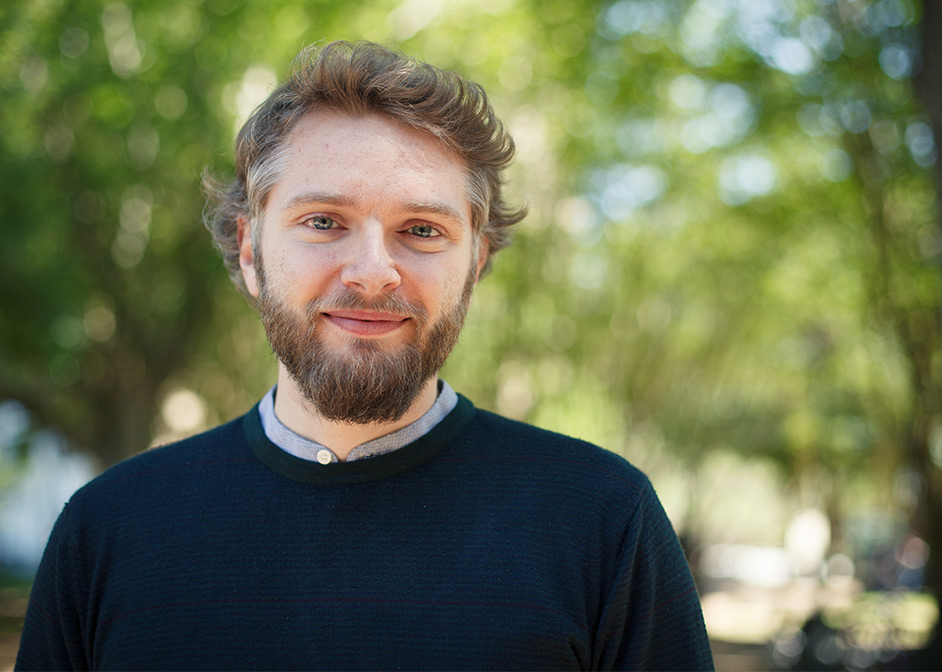Physics’ Paolo Parotto Models Quark-Gluon Plasma Phase Transitions
“Just after the Big Bang, the whole universe was just a dense, hot droplet of matter,” said Paolo Parotto, a University of Houston Ph.D. student in physics.

For a few millionths of a second after the Big Bang, the entire universe was made up of a soup of particles called quarks and gluons. A few millionths of a second later, these particles started cooling, coalescing into protons and neutrons.
Quark-Gluon Plasma
Parotto, who is a theoretical nuclear physicist, works on understanding this particle soup, which is called quark-gluon plasma. His work is conducted under the guidance of Claudia Ratti, associate professor of physics in the College of Natural Sciences and Mathematics.
“Quark-gluon plasma is what happens when particles heat up so much that protons and neutrons dissolve, creating a sea of quarks and gluons that are no longer confined, but free to roam,” Parotto said.
Quark-gluon plasma only exists at temperatures that are hundreds of thousands of times hotter than the center of the sun. Although quark-gluon plasma can be recreated by smashing ions together in particle accelerators, these attempts only last for the briefest flash of time.
Given the difficulty of recreating quark-gluon plasma, the work of theorists such as Parotto are a critical method for making predictions and verifying experimental evidence.
Calculating Phase Transitions
Parotto’s research focuses on studying the conditions under which protons and neutrons dissolve into quark-gluon plasma, or vice versa, a shift known as a phase transition.
An example of a phase transition would be when water goes from ice to liquid, or from liquid to gas. With water, under standard conditions, these transitions happen at very fixed temperatures, and are an example of a first-order transition. Second-order transitions are a little less…well, orderly. Transitions happen more gradually, with a mixture of different states.
“There appears to be a hierarchy in the transition due to the mass of the quarks, with heavier quarks transitioning at higher temperatures,” Parotto said.
Parotto is trying identify what is known as the critical point, where phase transitions shift from first-order to second-order.
Moving forward, Parotto hopes to stay within the field of theoretical physics. “This is a good time to be in the field,” he said, citing a new experiment that is scheduled to begin soon at Brookhaven National Lab, which has the potential to experimentally verify some of Parotto’s predictions.
“Grad school is hard in the beginning, when it feels like there isn’t enough time,” Parotto said. “But the physics department is supportive.”
- Rachel Fairbank, College of Natural Sciences and Mathematics